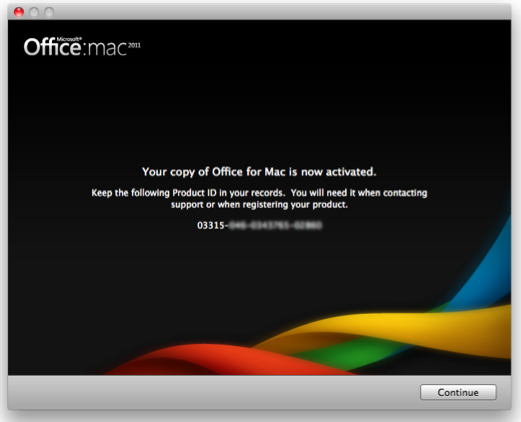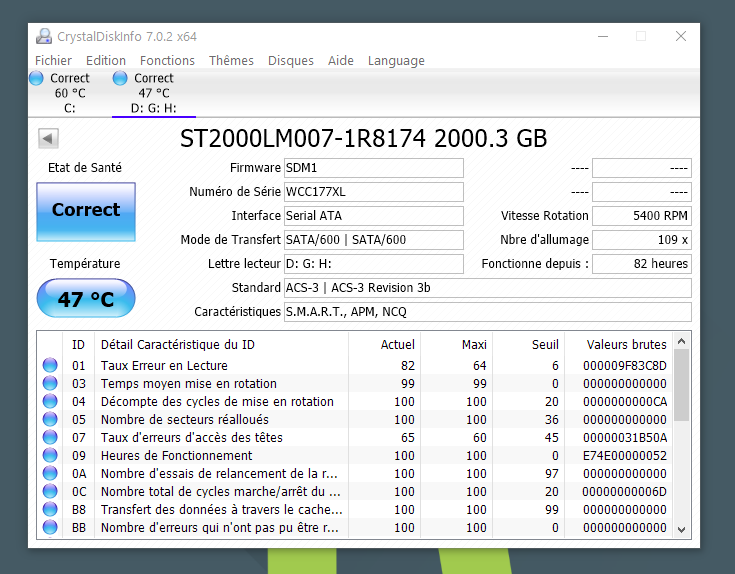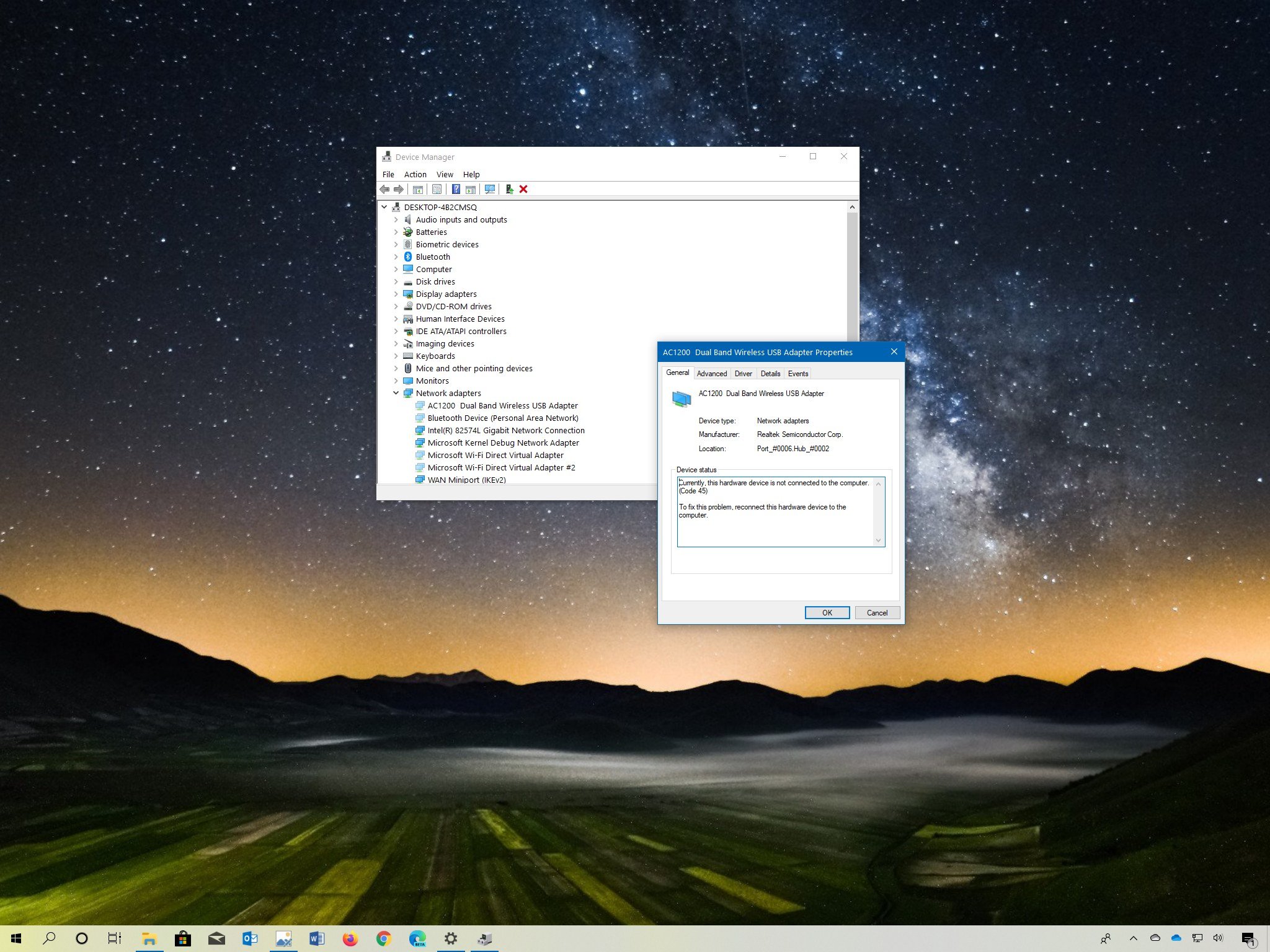Hard drive are also a piece of hard drive that sometimes run into problems. If you want to repair a corrupt hard drive, there are many ways. You can use built-in Windows components such as Command. The drive is visible in the BIOS setup utility. When I try to install windows the hard drive is not seen - I earlier deleted partitions that were on the list - I'm guessing this was a big mistake, how can I recreate the partitions. The list disk function in diskpart does not return anything (except for the DVD disk).
External hard disks are a boon for people who have a lot of digital files with them. The usual internal hard drive does not meet many people’s requirements, and that is where they can store the less important data on a different hard drive that can be connected externally by using a USB port. But what if your External hard drive keeps disconnecting after being connected to your PC? This issue would not let the user transfer any data from and to the drive. This guide will help you navigate through a few steps that will work to resolve this issue on your computer.
Steps On How To Fix External Hard Drive Keeps Disconnecting Issue In Windows 10?
There are a few ways to resolve this issue by tweaking certain settings or updating drivers. You can try any of the methods listed below and move to the next one only if the previous one does not work.
List of Contents
Method 1: Try A Different USB Port
One of the simplest troubleshooting steps in external hard drive cases keeps disconnecting the issue of changing the USB port on your system. This issue can be caused due to an issue in the physical port or due to corrupt drivers. In any case, you can always try to use another USB port as there is more than one available on any system nowadays. If you are using a USB 3.0 device and have connected it to USB port 3.0, try to connect it to USB port 2.0 if you have any. This will result in a slow transfer of data but will maintain a stable connection.
Method 2: Disable USB Selective Suspend
This option is related to your computer’s power settings. The USB port maintains a primary function of providing power to the device connected and facilitates data transfer. If your computer is in a power-saving mode, it will cut off the USB port’s power after some time, resulting in hard drive disconnecting every few minutes. Here are the steps to turn of USB power suspend:
Step 1: Press Windows + S and type Control Panel in the search box.
Step 2: Choose the relevant search from the results labelled as Control Panel Desktop App.
Step 3: A new window will open where you will have to search Power Options and click on it.
Step 4: Check your current power plan and click on Change Plan Settings beneath it.
Step 5: In the new window that opens, click on “Change Advanced Power Settings” to open the Power Options window.
Step 6: Scroll down the list till you locate USB Settings. Click on it to reveal USB Selective Suspend Settings, and a further click will reveal the enable/disable option.
Step 7: Set this option to Disabled and then click on Apply and OK button at the bottom.
Once this option is disabled, Windows OS will not turn off the USB port’s power after a short while.
Method 3: Enable Mass Storage Device

If the above power option did not work for you, and you are still facing the external hard drive keeps disconnecting, you will have to enable the Mass storage device option on your computer. Here are the relevant steps to accomplish this:
Step 1: Connect your external hard disk to your PC.
Step 2: Press Windows + R on your keyboard to open the Run Box.
Step 3: Type “devmgmt.msc” in the text space and press OK.
Step 4: A new window labelled as Device Manager will open where you have to scroll to the bottom and locate Universal Serial Bus Controllers.
Step 5: Click on USB Controls to reveal the dropdown options and make a right-click on USB Mass Storage Device from the list.
Step 6: A contextual menu will open where you have to choose Properties, and a new window will open.
Step 7: Click on the last tab labelled as Power management and uncheck the box next to Allow the computer to turn off this device to save power.
Step 8: Click on the OK button to save changes and exit the box.
Unchecking this option will not help you save power, but it will resolve the hard disk that keeps disconnecting issues in Windows 10.
Method 4: Turn Off USB Legacy Support In BIOS
Another option that can be taken care of is the hard disk removal policies. By default, all the external hard drives connect with a Quick Removal Policy, which means it can be easily unplugged without using the Safely Remove Hardware. You need to change it to a Better Performance option that enables the Windows OS to write cache files on the external drive, and this assures that the disk will not get disconnected unless the user does so. Here are the steps to do this:
Step 1: Open Run box by pressing Windows + R and type “devmgmt.msc” in the text space.
Step 2: Once the device manager opens, locate your External hard drive entry in the list of drivers.
Note: You must look for a driver entry under disk drivers and not under USB controllers or USB Mass Storage drive.
Step 3: Double click on your hard drive driver, and a new box will open where you have to click on the Policies tab.

Step 4: Now click on the checkbox next to Better Performance and click on OK button.
Method 5: Try KeepAliveHD App
Many users have identified that the hard drive keeps disconnecting because the device disconnects due to inactivity. This tendency to disconnect infrequent in hard disks that are not used for a long time. If the above methods have not resolved the issue, you can use an application to help you. This application is free of cost and works by writing a small file on your external hard drive to prevent it from going to sleep. The timer feature in this app allows the users to set a time-frequency.
Download Now: KeepAliveHD
Method 6: Update USB Drivers
There are three ways to update your hard disk and USB drivers on your computer. All the methods are guaranteed 100% to work, but each method has certain benefits and limitations. You can choose any one of them depending on the time and effort you are willing to invest in.
Option 1: Use The Official Website
Every Hardware component not manufactured by Microsoft is considered an Original Equipment Manufacturer device and has an official website where device manufacturers upload all the updated drivers. You can visit the official website, search for the model/version number of the hardware, and download the updated drivers.
Option 2: Use The Device Manager
Microsoft has inculcated an inbuilt tool known as device manager to auto scan all the hardware and check for the MicrosoftServers’ latest drivers. It is free of cost to use and can not require the user to download and install any driver manually. To use the device manager, follow these steps:
Step 1: Press the Windows and R keys on your keyboard and type “devmgmt.msc” in the Run Box.
Step 2: Press OK, and in the new window that opens, look for the USB and Hard disk driver entries and make a right-click on them one by one.
Step 3: From the contextual menu, choose Update Drivers and follow the onscreen instructions to complete the process.
Option 3: Use Driver Updater Software Like Smart Driver Care
One of the easiest methods to update drivers is using a driver updater software like Smart Driver Care. This software is one of the most efficient and reliable applications which takes a backup of old drivers before replacing them. The steps to use this program are listed below:
Step 1: Download and Install Smart Driver Care from the official website or the link below.
Step 2: Launch the application and begin the registration process.
Step 3: Now, click on Scan Now to start the scan and identify driver issues in your system.
Step 4: Next, click on the Update All button to resolve the driver issues and update all the drivers in your system.
Note: Once you have installed and registered the app for the first time, you will only need to carry out steps 3 & 4 every time.
Smart Driver Care is a remarkable program that will update all your drivers in one go.
The Final Word On How To Fix External Hard Drive Keeps Disconnecting Issue In Windows 10?
To use an external hard drive, it mustn’t disconnect from your Windows 10 PC quite frequently. This can result in damaging the hard drive physical and also facilitate the loss of data. If you are troubled by this error, then follow the steps listed above to resolve this issue. If you cannot find a satisfying solution, you can consult a local technician for the same.

Follow us on social media – Facebook, Twitter, LinkedIn, and YouTube. For any queries or suggestions, please let us know in the comments section below. We would love to get back to you with a solution. We regularly post on tips and tricks, along with answers to common issues related to technology.
Ever heard of the term “Unallocated hard drive” while using Windows? Well, just how its name implies, an unallocated hard drive is good for nothing, especially in the system’s perspectives. To fix the unallocated hard drive, you need to re-assign a new drive partition so that you can make the most of this unused disk space.
Here’s everything you need to know about an unallocated hard drive, what causes this issue, whether it results in losing data, and, most importantly, how to fix an unallocated hard drive on Windows 10 PC quickly.
Also Read: How To Fix External Hard Drive Not Showing In Windows
Let’s get started.
What Causes Unallocated Hard Drive?
Here are some of the most common reasons behind what causes an unallocated hard disk issue on the Windows machine.
- Hardware failure.
- Presence of viruses or malware on your device.
- Internal disk errors.
- Bad disk partition.
- Physical damage to the hard disk drive.
What is an Unallocated Hard Drive?
In simple parlance, any disk partition or storage space that has not been assigned a drive letter is tagged as “Unallocated.” To fix the unallocated hard drive, you either need to assign it a new disk partition or allot it to an existing disk partition to expand the storage.
Since the unallocated disk space is not assigned a dedicated drive, it becomes useless as none of the programs or apps can use this space for writing data.
Can you Fix Unallocated Hard Drive Without Losing Data?
Microsoft Hard Disk Drive Drivers
From your system’s point of view, unallocated space is of no use, like totally non-existent. So, to make the most of your hard disk drive, one needs to fix an unallocated hard drive by assigning it a new drive label. And yes, one can quickly fix the unallocated hard drive by adopting a few simple solutions. Read on!
How to Fix Unallocated Hard Drive on Windows 10?
Let’s explore a few useful solutions that will allow you to make the most of the unallocated hard disk space.
Use CHKDSK Utility Tool
Check Disk (CHKDSK) is an in-built utility offered by Windows OS that scans and fixes disk-related errors on your device. To use the CHKDSK Command, here’s what you need to do.
- Tap the Start menu search bar, and launch Command Prompt.
- Type “CHKDSK C:/ f/r/x” and then hit Enter.
NOTE: You have to place the inve letter initial that you need to scan, right after typing CHKDSK. In our case, we are operating on the C: drive.
- Wait for a few minutes until Windows runs a complete disk scan to look for internal disk errors. The CHKDSK utility tool will also help you in recovering bad disk sectors (if any).
Update Drivers
Another possible reason for what may have unallocated a hard drive is corrupt or missing hard drive drivers. To fix this, you will be required to update the hard drive drivers installed on your machine.
- Press Windows + R key combination to launch the Run dialog box.
- Type “devmgmt.msc” in the search box and hit Enter.
- In the Device Manager window, look for the hard drive drivers under the “Disk Drives” option. Right-click on it, then select the “Update driver Software” option.
Create a New Disk Volume using DiskPart Command
To fix the unallocated hard drive, you can assign a new disk partition to the unused space using the DISKPART command. Here’s what you need to do.
- Launch Command Prompt shell on your Windows device and enter the following commands one by one, in the same order.
- Select Volume <Drive letter>
- Delete Volume
- Delete Volume override
- After following the above-mentioned steps, close the Command Prompt window. Tap on the Start menu icon, type “Disk Management” in the search box, and hit Enter.
- In the Disk Management window, right-click on the unallocated hard drive, select the “New Simple Volume” option, and then tap on “Next.”
- Assign a storage size (Preferably in Megabytes) in the “Simple Volume Size” option and then hit the “Next” button.
Microsoft Hard Drive
- Check on “Format this volume with the following settings” option.

Edit the settings as:
File System: NTFS
Allocation Unit Size: Default
Volume Label: Assign
- Check on the “Perform a Quick Format” option and then tap on Next.
Additional Tip
Download Systweak Antivirus for Windows
Last but not least, don’t forget to install a comprehensive security solution to safeguard your device. Download Systweak Antivirus for PC to protect your device against viruses, malware, and ransomware threats. This nifty tool can offer real-time protection to ensure that your device is safe against potential malicious threats.
Also Read: How To Initialize Disk Without Losing Data On Windows 10
Microsoft Hard Disk Drive Drivers
Conclusion
Here were the 4 most useful hacks to fix an unallocated hard drive on Windows 10 machine. So, next time when any of your disk drives becomes unallocated, you can use any of these methods to re-allocate the disk drive.
Good luck!
